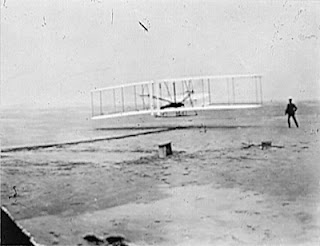Indian made military aircraft's
At last after 27 years the day has come for the first 4 th generation fighter aircraft to get the Initial Operation Clearance(IOC) i.e., now the aircraft can be inducted into the IAF. Wow, my country has done it Im proud. But I cant take much pride from it,because though the aerial design,aerodynamics,integration,manufacturing has been done in INDIA, the sad truth is that some of the core and integral parts of an aircraft like the engine, radars, weaponries all are made in other countries.This includes the engine from the General Electrics,Radars from israel, Integration of all weaponries and control systems from the British and Italy helping in the composite skins for the wings. Having said all those things,still it is an remarkable achievement, considering the fact that our INDIA got independence only in the late 1940′s ,when most of the western nations developed and used fighter aircrafts for war.The layout for the project was started way back in 1983,but due to lack in i

